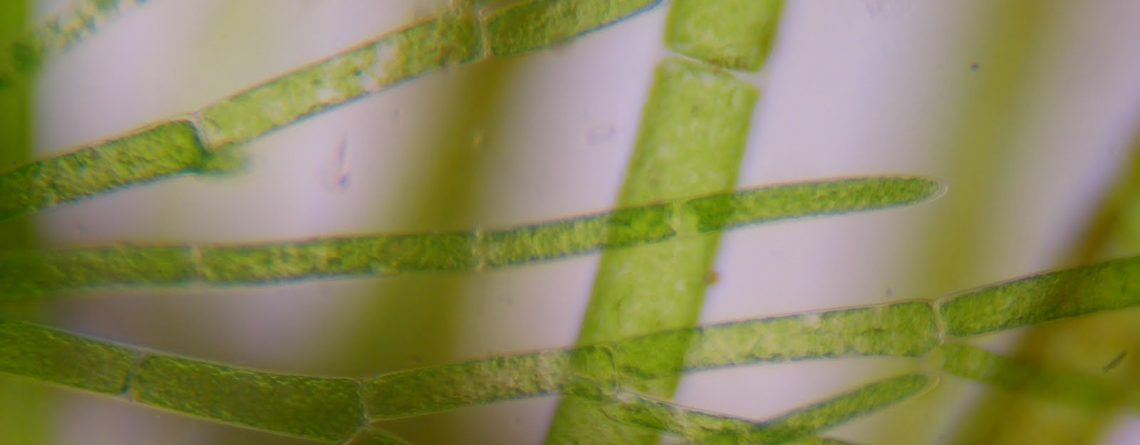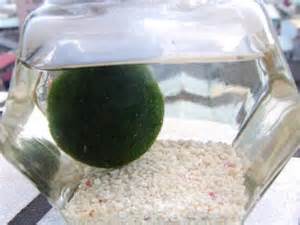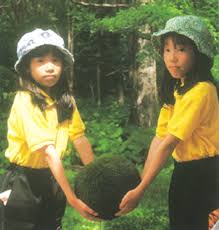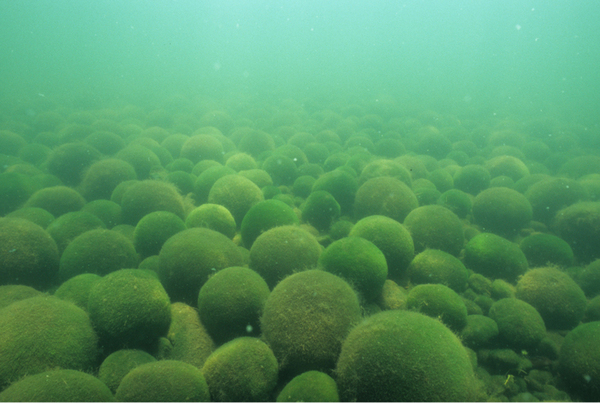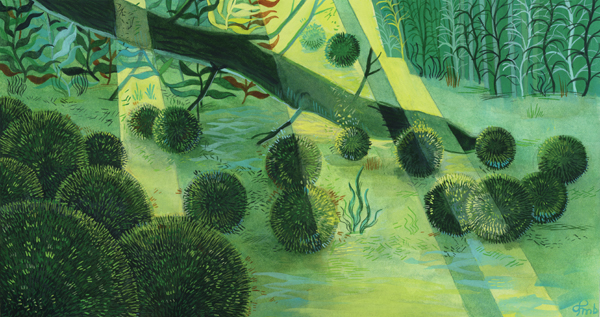Are Marimo Edible? And a Little Background Information on the Marimo
Cladophora Aegagropila linnaei, commonly known as marimo (Japanese for “ball seaweed”), lake balls, or moss balls, has been declared a national treasure by the Japanese government, and it has also become a treasure to fish tank and plant enthusiasts alike. A. linnaei is a fresh water, filamentous green algae. Though it is mostly found as free-floating filament or growing on rocks, its popularity is due to the rare existence of its perfect, spherical form. The sales of artificially created spherical...



